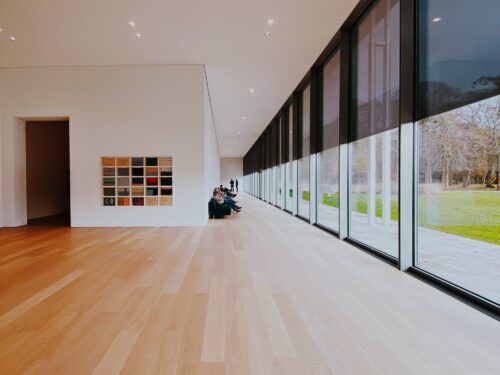
Is laminate flooring waterproof?
Laminate flooring is a great option for homeowners and DIY renovators who want a long-lasting, low-maintenance floor. But one of the most important questions you should ask when considering laminate is whether or not it is waterproof. The answer isn’t always clear cut, so let’s take a closer look.
What is Laminate Flooring?
Laminate flooring is a multi-layer synthetic flooring product made up of resin and fiberboard materials. It has an outer coating of aluminum oxide to make it more durable, resistant to scratches and fading, and easier to clean. This makes it a great choice for high traffic areas like kitchens and hallways.
Is Laminate Flooring Waterproof?
One of the most common questions people have about laminate flooring is whether or not it’s waterproof. The short answer is no, laminate flooring is not waterproof, but there are some strategies you can use to make it more resistant to water damage.
Waterproof vs Water Resistant
It’s important to note that there is a difference between waterproof and water resistant. While laminate flooring can be considered water resistant, meaning it will not be damaged by small spills or pet accidents, it’s not technically waterproof. That means that if exposed to large amounts of water for an extended period of time—such as flooding—it could swell, buckle, or warp.
Why People Choose Laminate Flooring
Laminate flooring is a great choice for many reasons. It’s affordable, durable, and comes in a variety of colors and styles. It’s also easy to install and maintain, making it a great option for DIYers who want to spruce up their home with minimal effort. Plus, since it doesn’t require any special cleaning products or tools, it can be an incredibly cost-effective way to upgrade your floors without breaking the bank.
How to Make Laminate Flooring Water Resistant
Although laminate flooring isn’t waterproof, there are certain steps you can take to make it more resistant to water damage. For starters, make sure that you seal your floors with a quality sealant product designed specifically for laminate floors. This will help protect your floors from spills and moisture buildup over time.
Additionally, place mats or rugs in areas where there is likely to be excess water or moisture such as near sinks or tubs. These mats will help absorb any excess liquid before it has a chance to seep into the cracks between the planks of your laminate floors.
Finally, make sure that you clean up any spills as soon as they occur; don’t let them sit on your floors for too long (even small amounts of moisture can cause damage over time if not properly taken care of immediately).
Laminate flooring is an excellent option for anyone looking for an affordable yet stylish upgrade for their home without breaking the bank or investing too much time into installation and upkeep. While laminate flooring isn’t waterproof on its own, there are certain steps you can take to protect it. Taking these simple precautions will ensure that your new laminate floors stay looking great for years to come!


